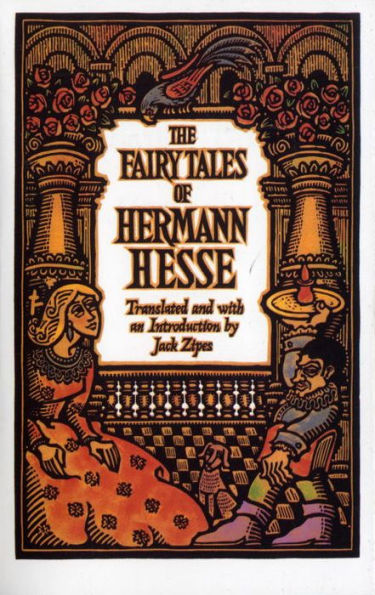Translated and with an introduction by Jack Zipes
A collection of twenty-two fairy tales by the Nobel Prize-winning novelist, most translated into English for the first time, show the influence of German Romanticism, psychoanalysis, and Eastern religion on his development as an author.
Praise for The Fairy Tales of Hermann Hesse
“Sometimes lush and lyrical, sometimes in the simple language of the parable, these tales elaborate Hesse's concerns with mortality, the unity of life and the isolation of the artist. . . . Quirky and evocative, Hesse's fairy tales stand alone, but also amplify the ideas and utopian longings of such counterculture avatars as Siddhartha and Steppenwolf.”—Publishers Weekly
“Hesse unerringly creates the feel of a fairy tale. . . . Lay readers will enjoy this as much as literary specialists.”—Library Journal



